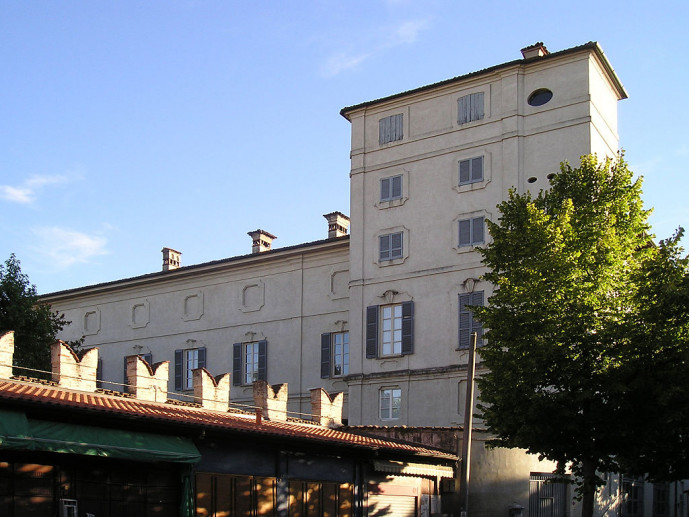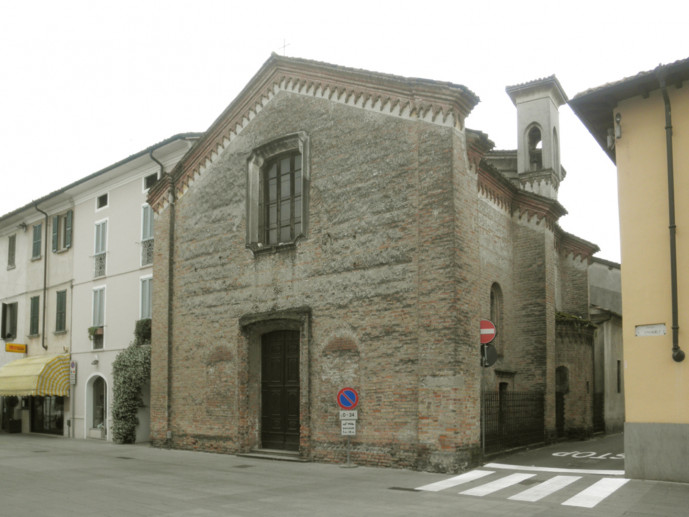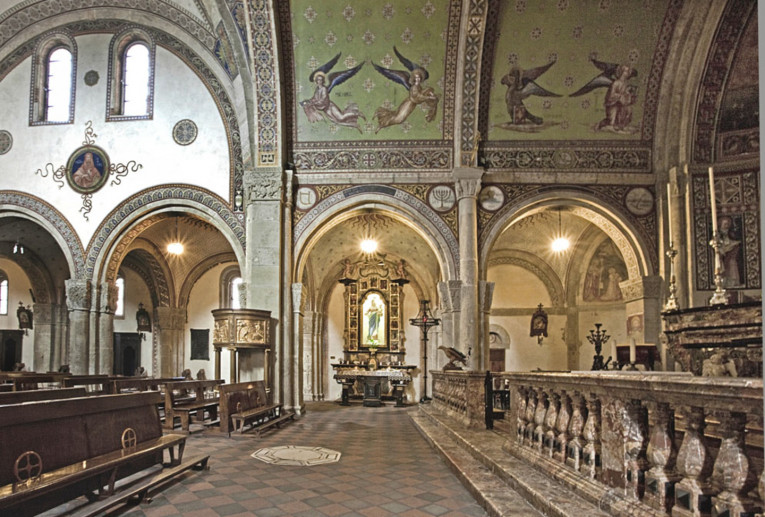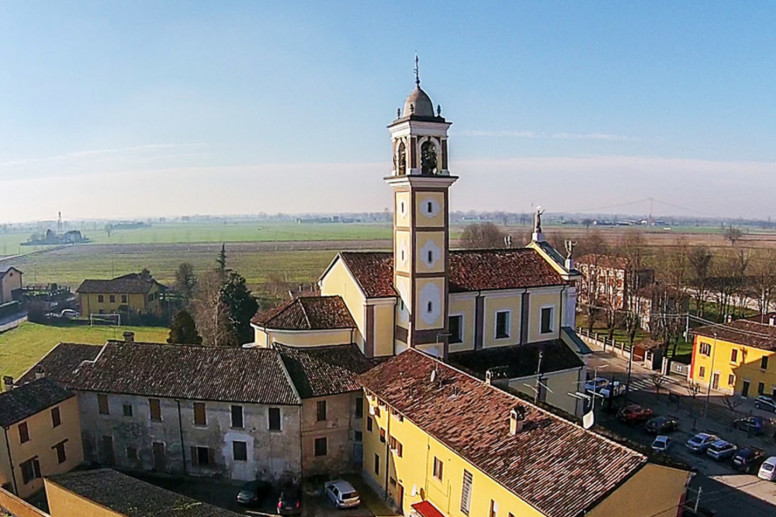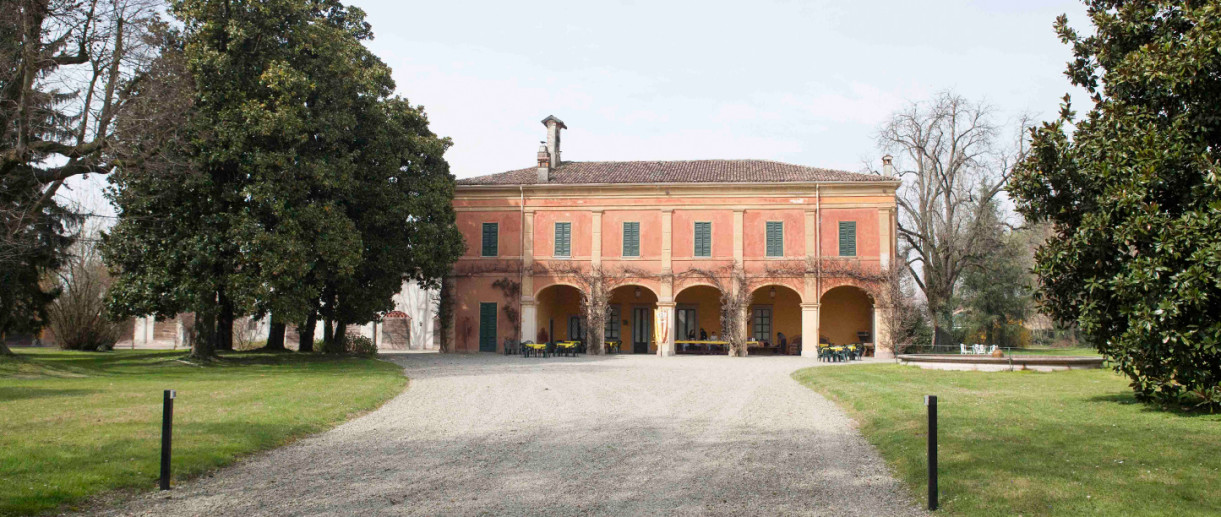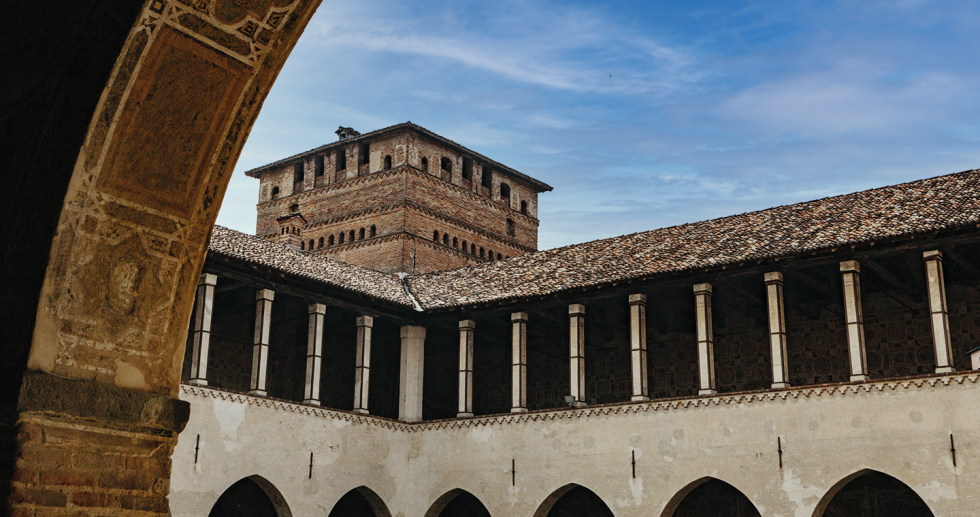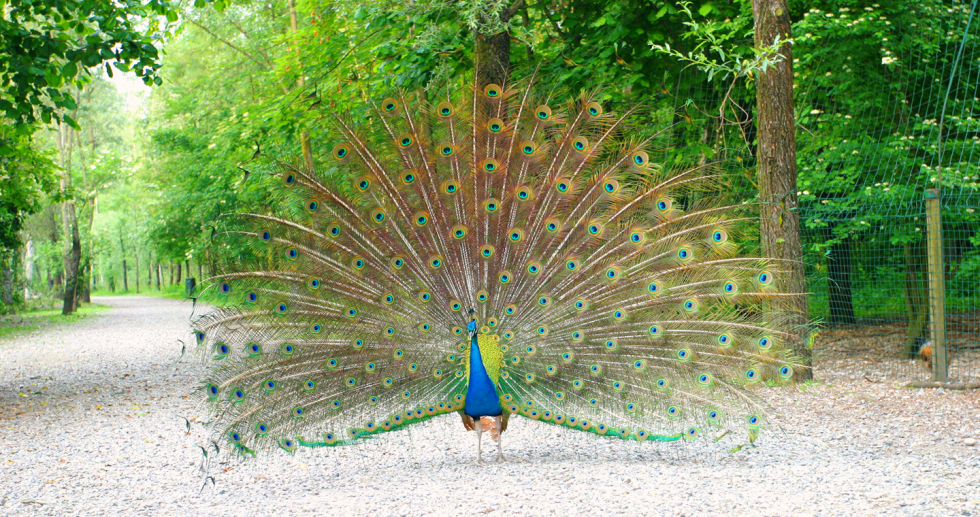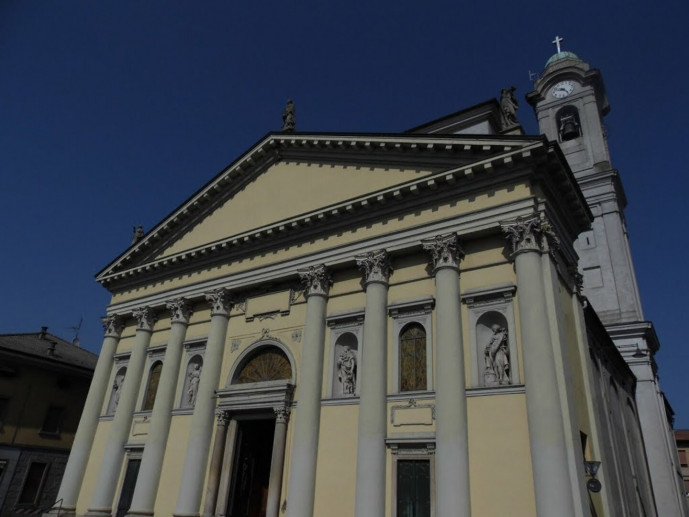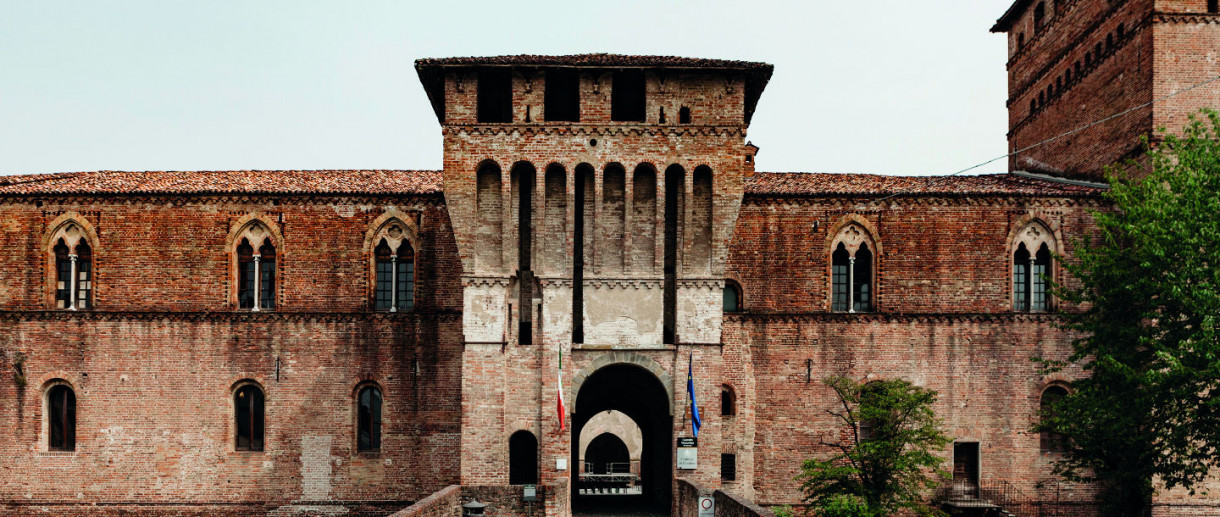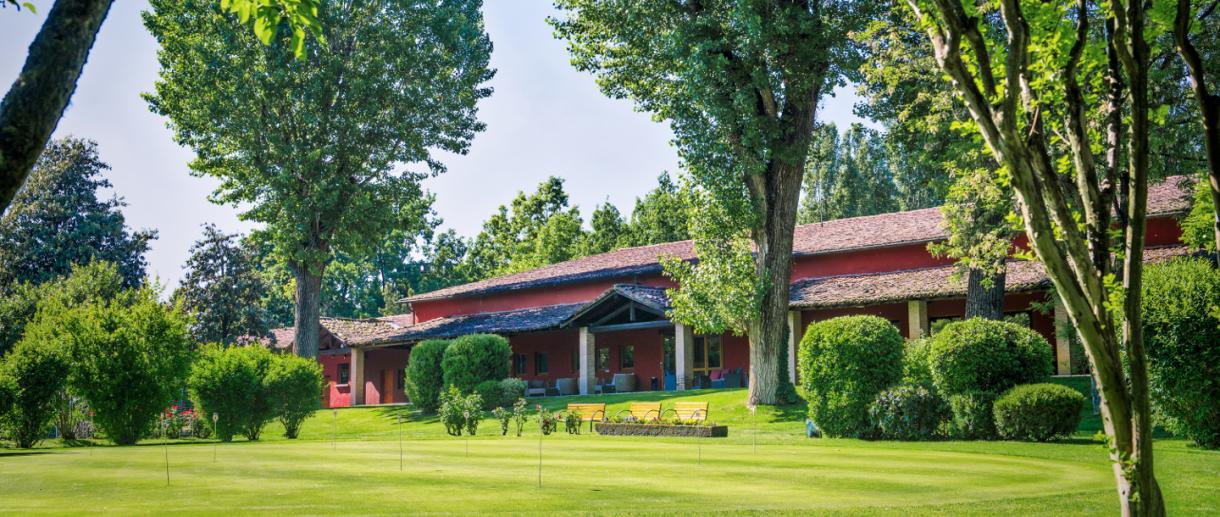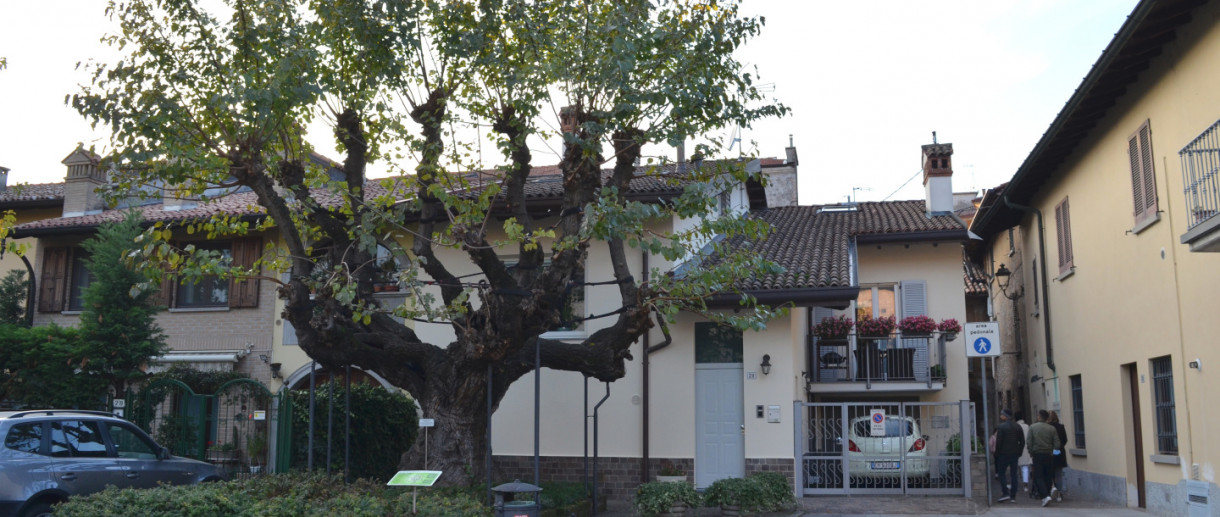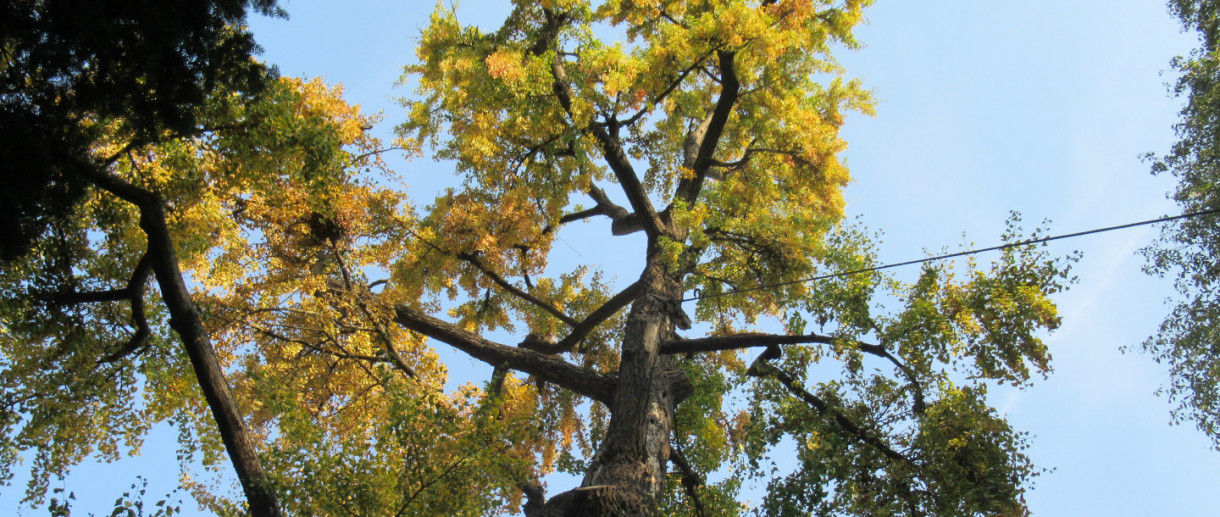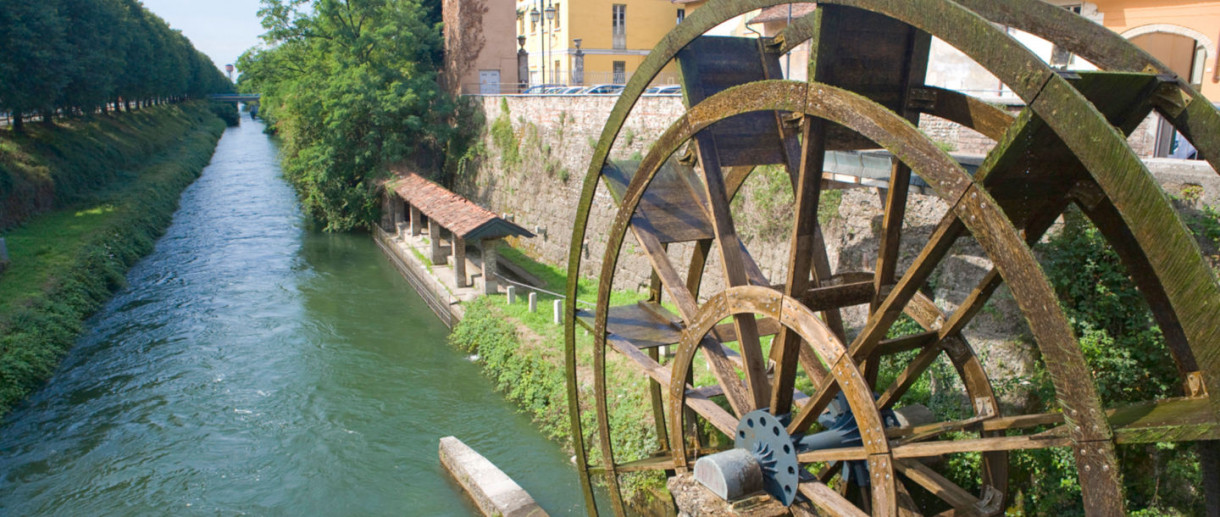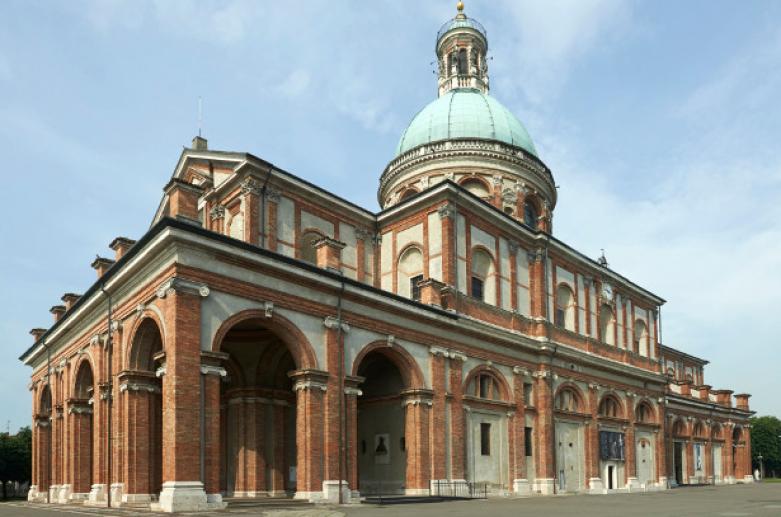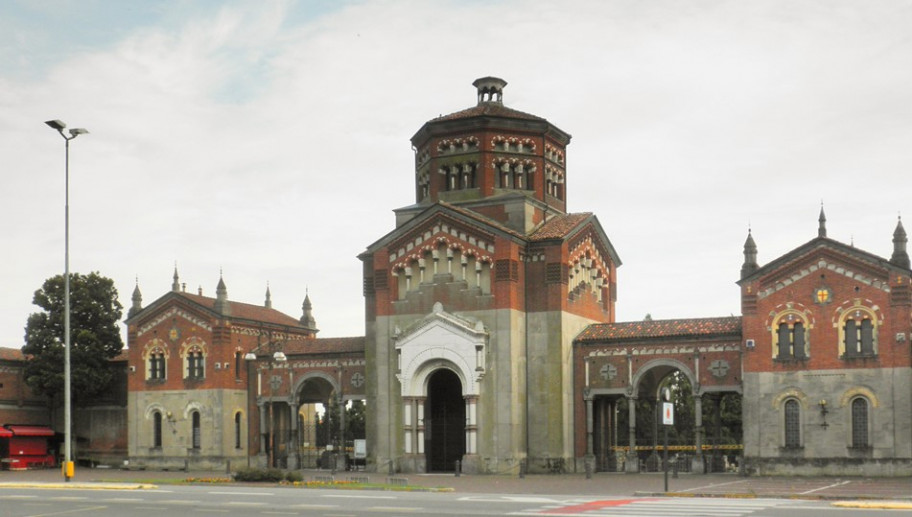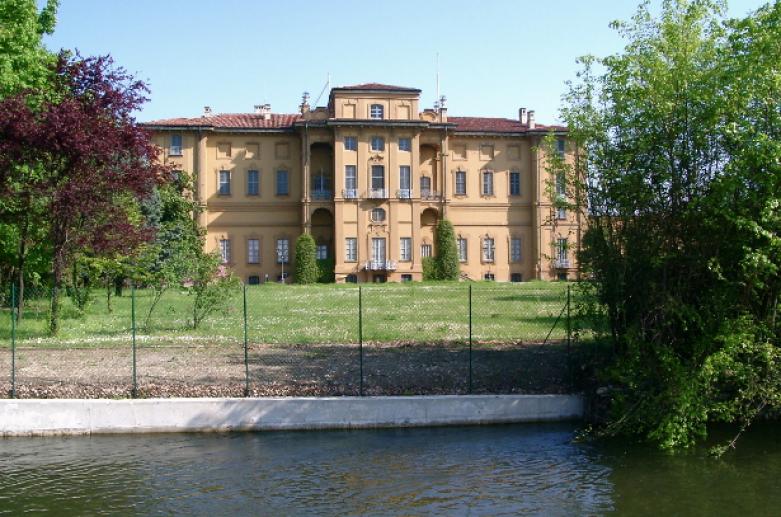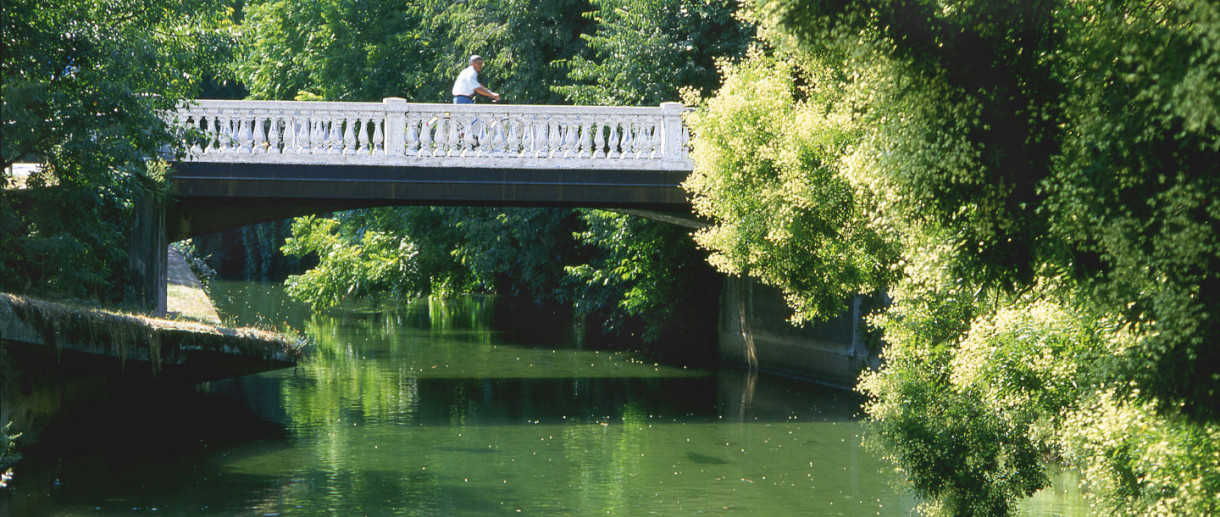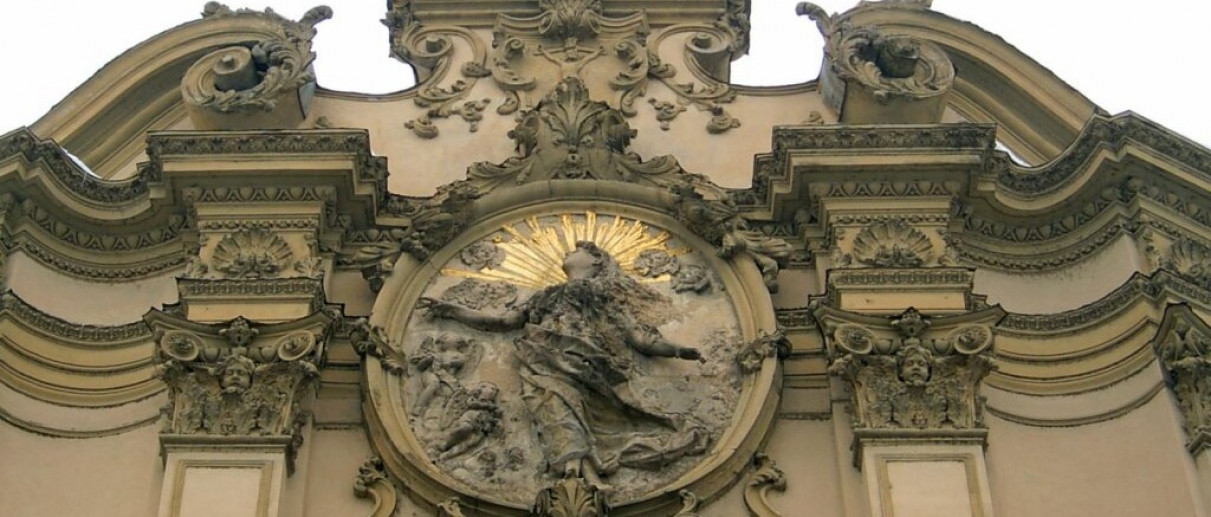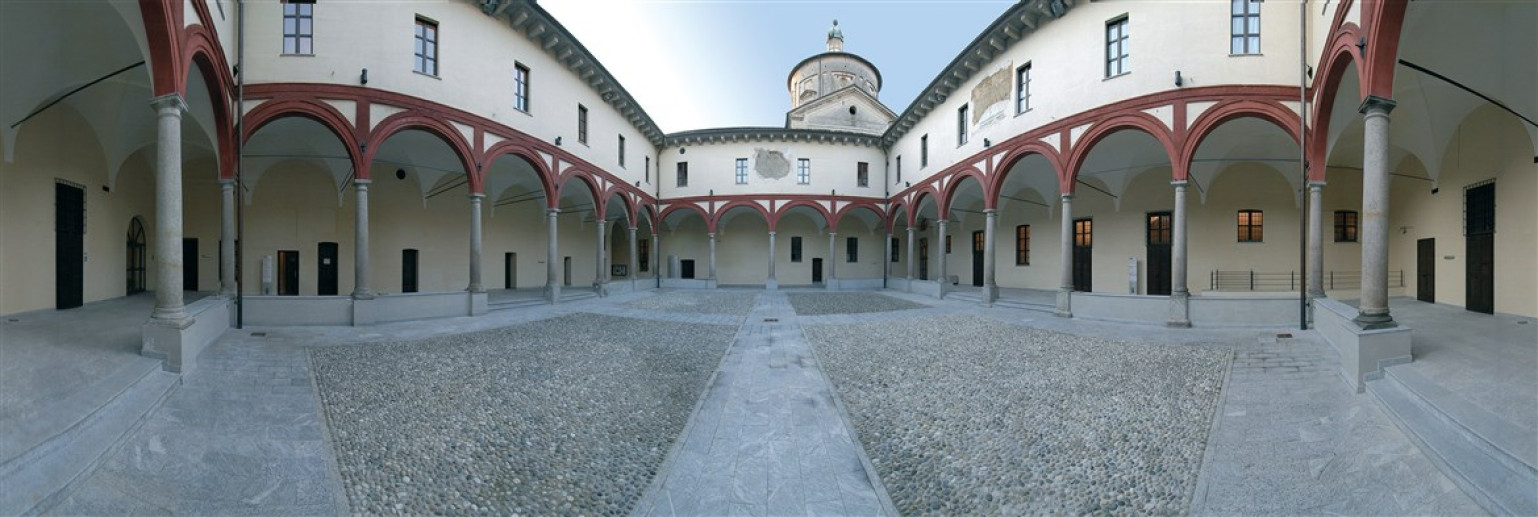- Art & Culture
Villa Pertusati and its fountain
A visit to this historic residence in the centre of Comazzo
What to see in Comazzo. Discover the secrets of the 18th century Villa Pertusati, including its beautiful garden and the history of its legendary musical fountain.
The Lodigiano region holds many little-known hidden treasures and is highly worth a visit. It offers a treat for the eyes and will arouse the curiosity of even the most attentive traveller. Here is a short tour inside Villa Pertusati and its vast 18th century garden.
The history of the Villa
The small commune of Comazzo (population approximately 1,400) is located near South Adda Park, with Villa Pertusati and its surrounding garden situated right nearby.
The Palazzo was commissioned in 1747 by Cristoforo Pertusati, the Marshal of the Imperial Armies of Prince Eugene of Savoy. During that period, an immense garden with waterfalls and fountains with nymph statues stood out amidst the many symmetrical avenues, making the villa even more majestic.
The architecture of the Villa
You don’t have to go out of your way to get to this historic residence in Comazzo. In fact, Villa Pertusati is located in the centre of the town (on Via Palazzo Pertusati, 25) and occupies a striking position overlooking it. The villa is U-shaped and now houses the town hall and the new communal archive. It's a multifunctional centre with a playroom, day centre and spaces for use by local associations.
The seven-note fountain
In the garden of Villa Pertusati, there was once a majestic fountain featuring seven steps. Legend has it that its gushing water sounded a different note with each step, as each one was linked to a separate note. The fountain was built in the 18th century by Carlo Croce, an architect and hydraulic engineer who oversaw the construction of the villa gardens. The villa’s contrasting red-brick exterior and green lawns lend a “touch of magic” to the verdant expanse Christopher Pertusati wanted. Today, you can still see the remains of the colonnade that once surrounded the villa as well as two of the reclining nymph statues. Over the years, there have been several restoration efforts (most recently in 1998), but only the ruins of the seven-note fountain remain today. The only way to admire its original beauty is through the engravings by Marcantonio Dal Re, which are gathered together in a print collection by Bertarelli, Milan.
